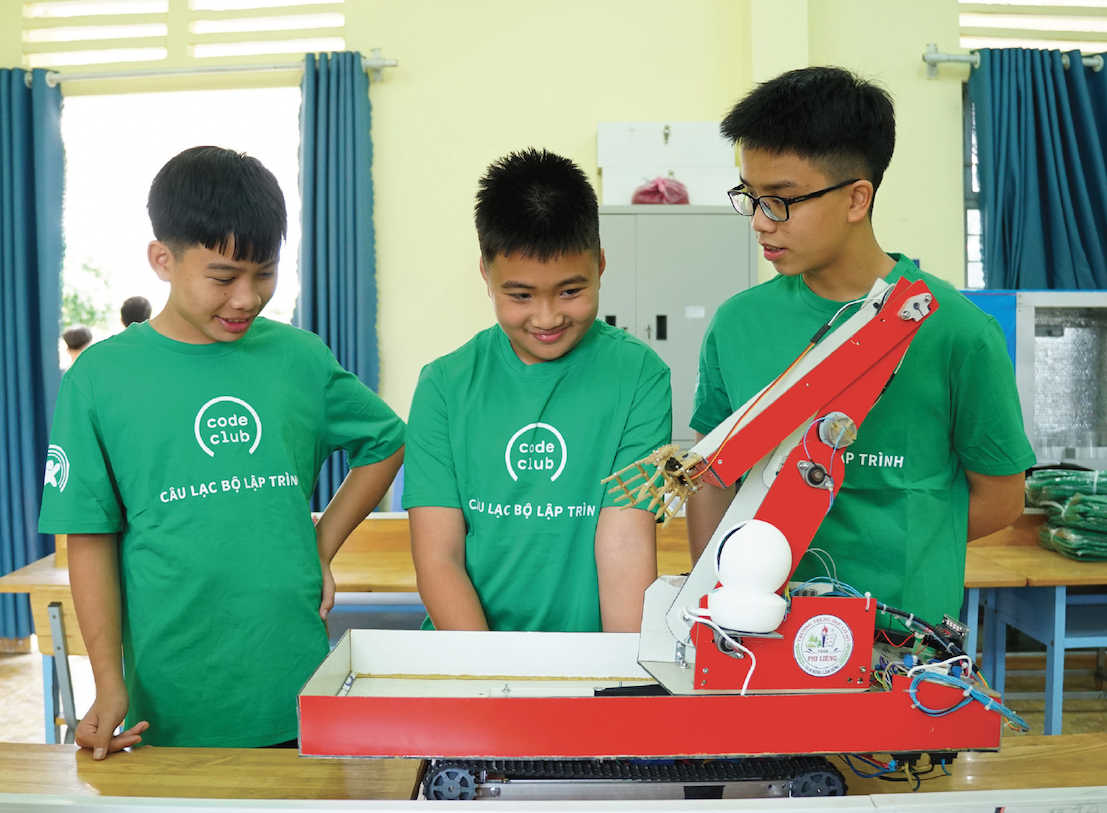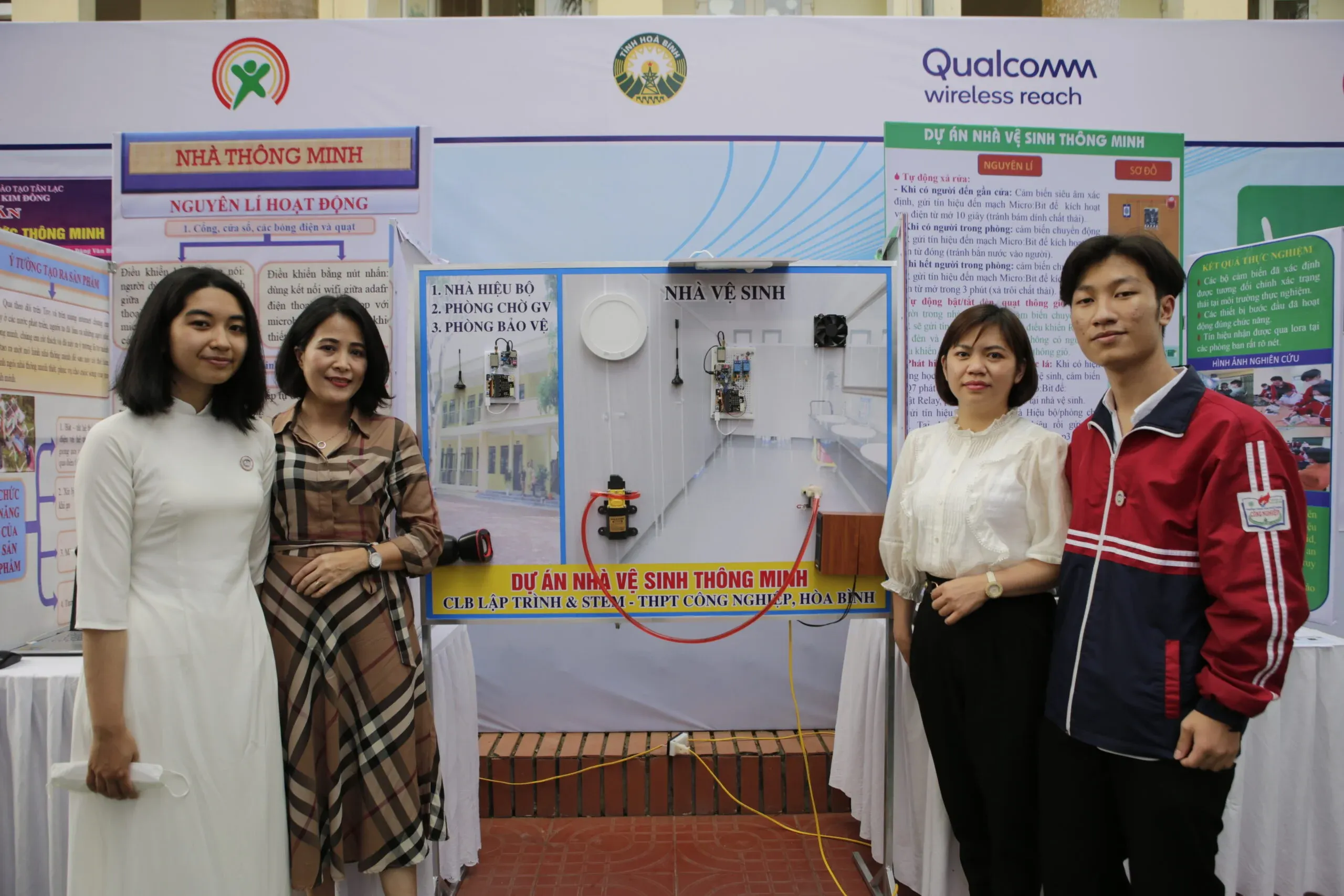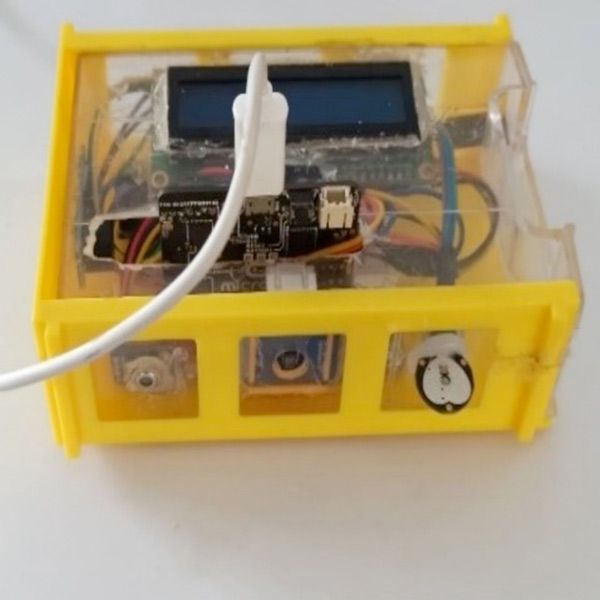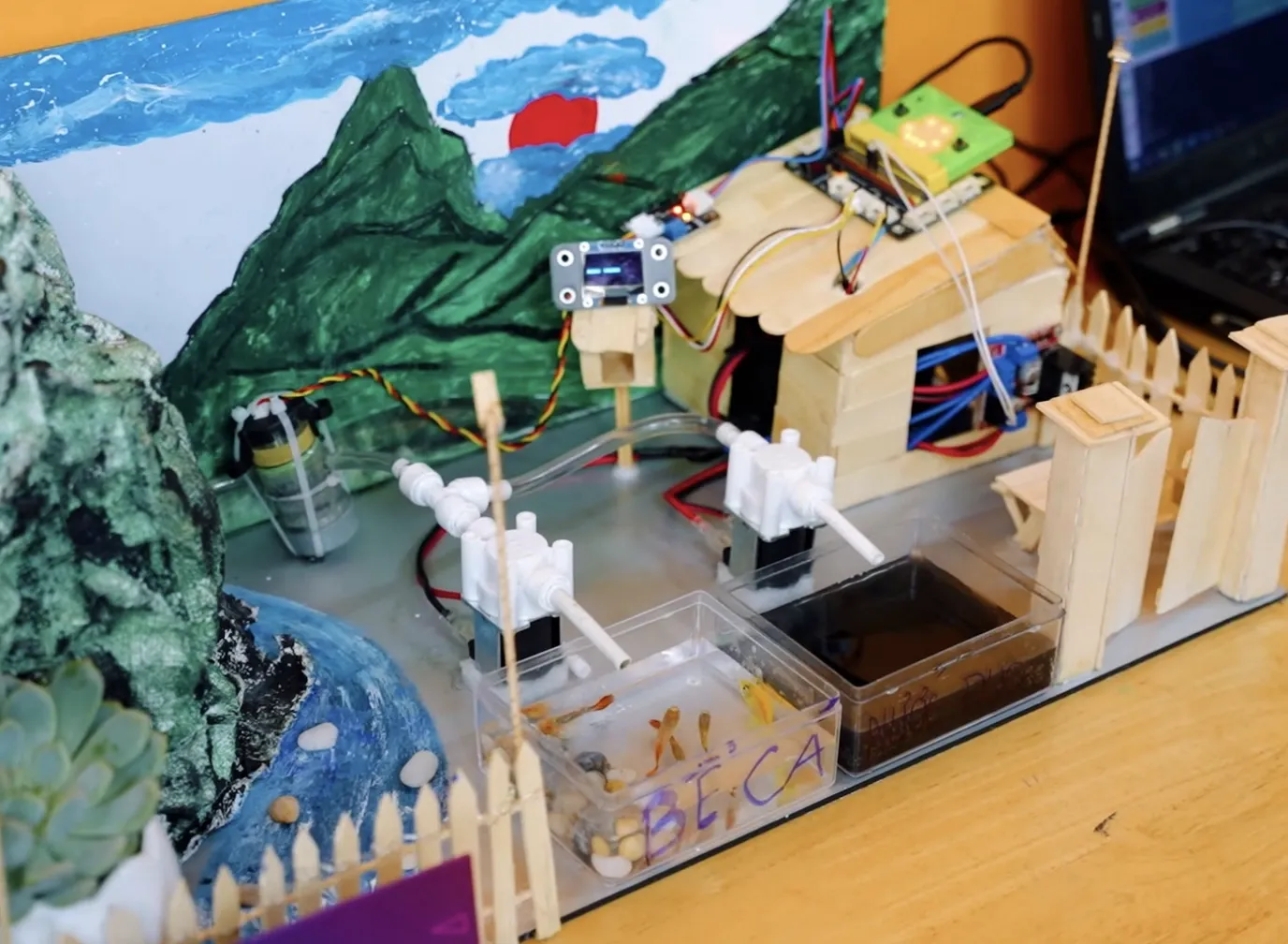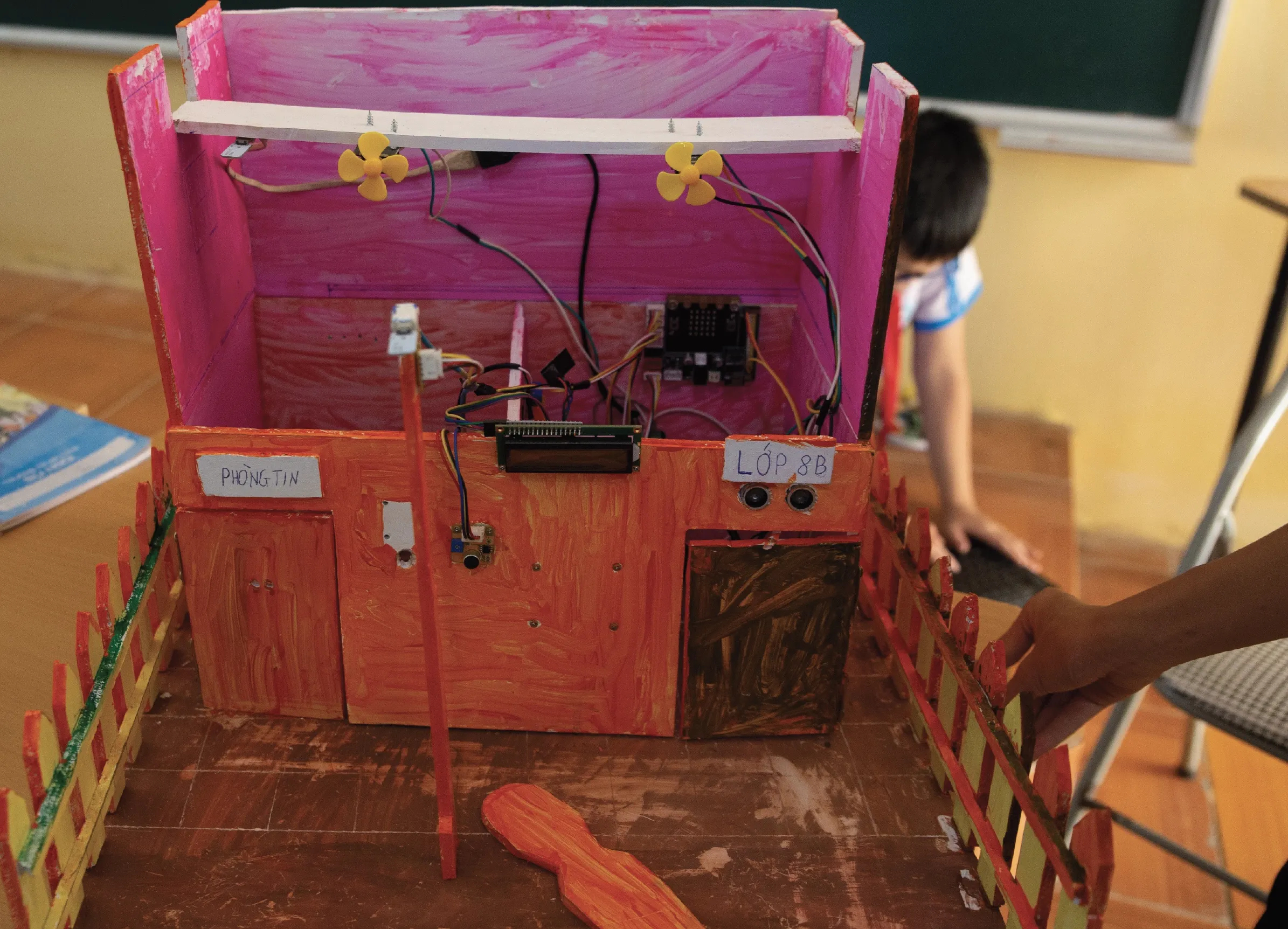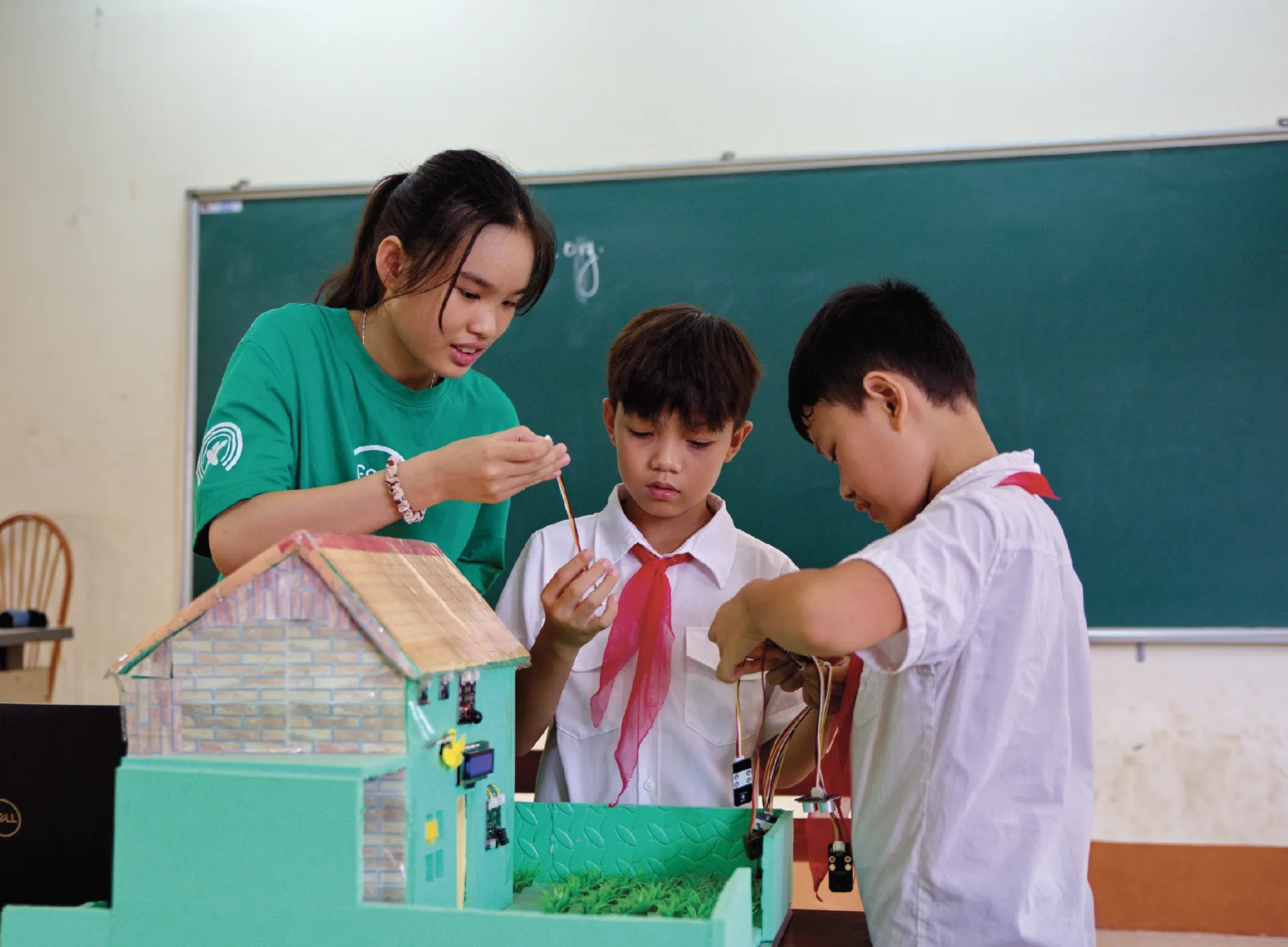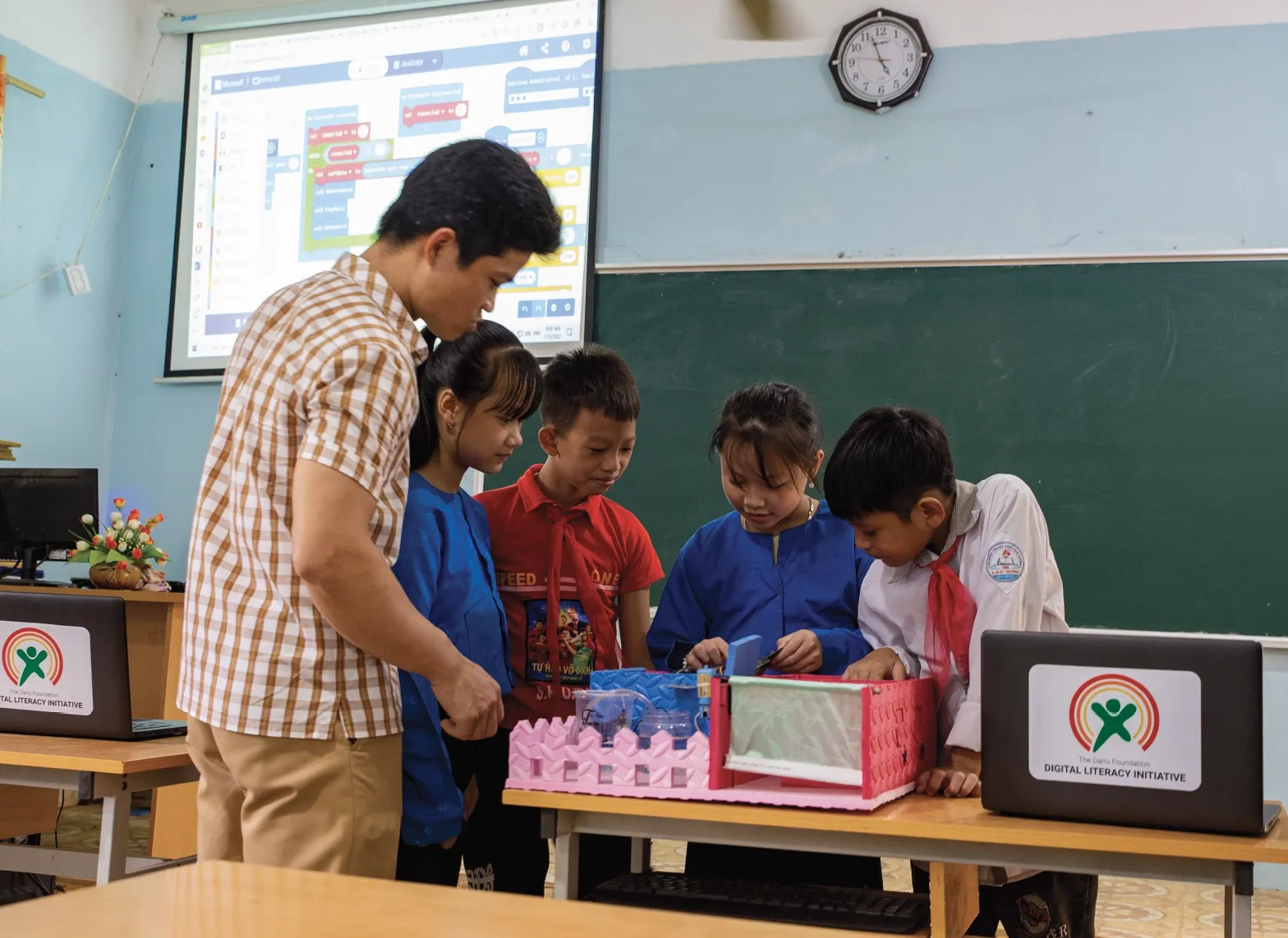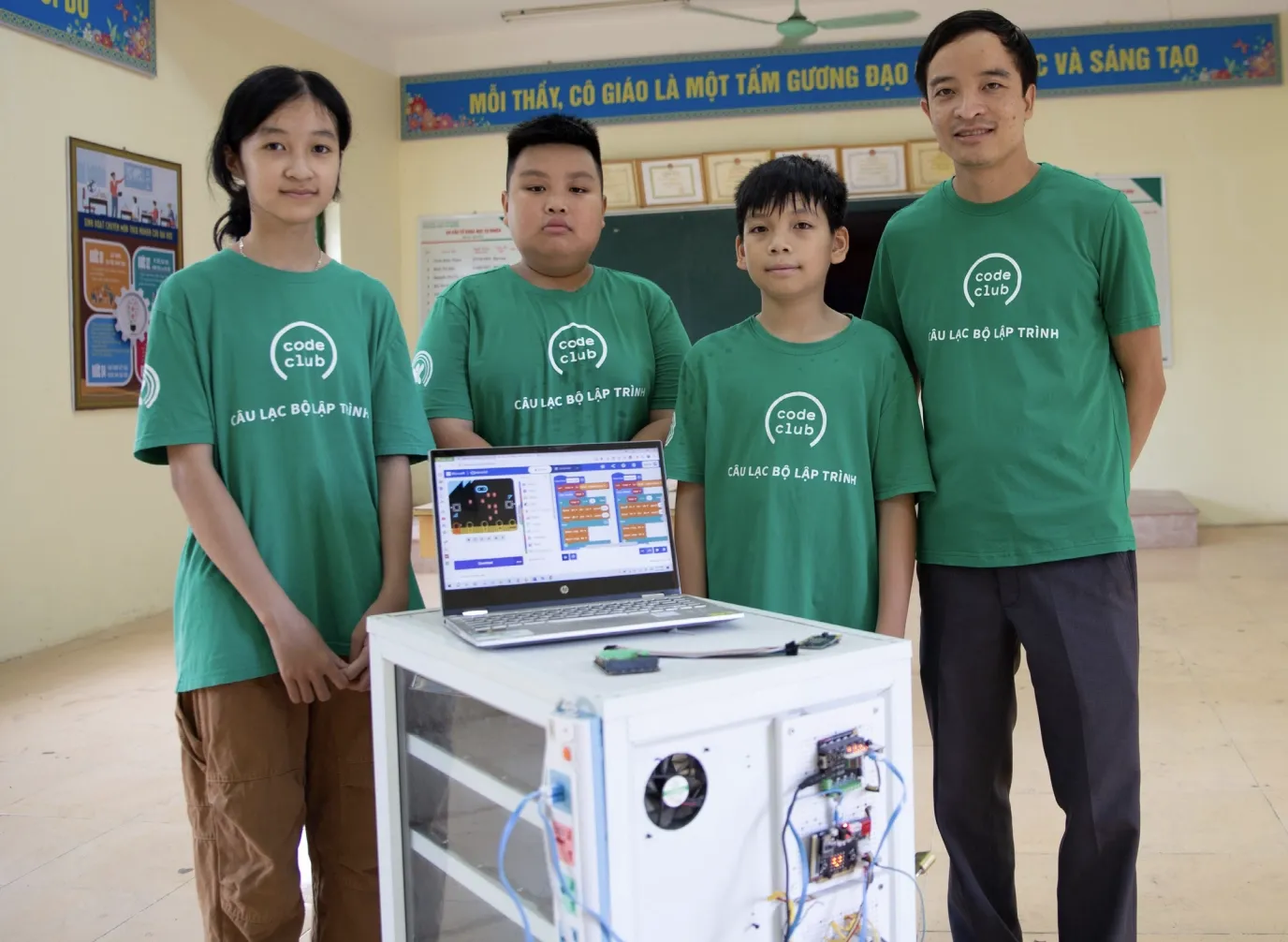INNOVATIVE TRANSPORT ROBOT
An intelligent robot designed for use in hospitals and high risk isolation areas.
How does it work?
The robot is equipped with an arm, a storage compartment and a navigation system, and is controlled by WiFi navigation.
When something needs to be transported to a specific area/room, hospital staff place the item on the tray and enter the destination. The robot then travels to the designated location and notifies both the recipient to pick up the items and the sender that the items have been delivered. Along the way, it can also pick up other items, as long as they have the same destination.
The notifications are sent to the users/senders via a Telegram account.


